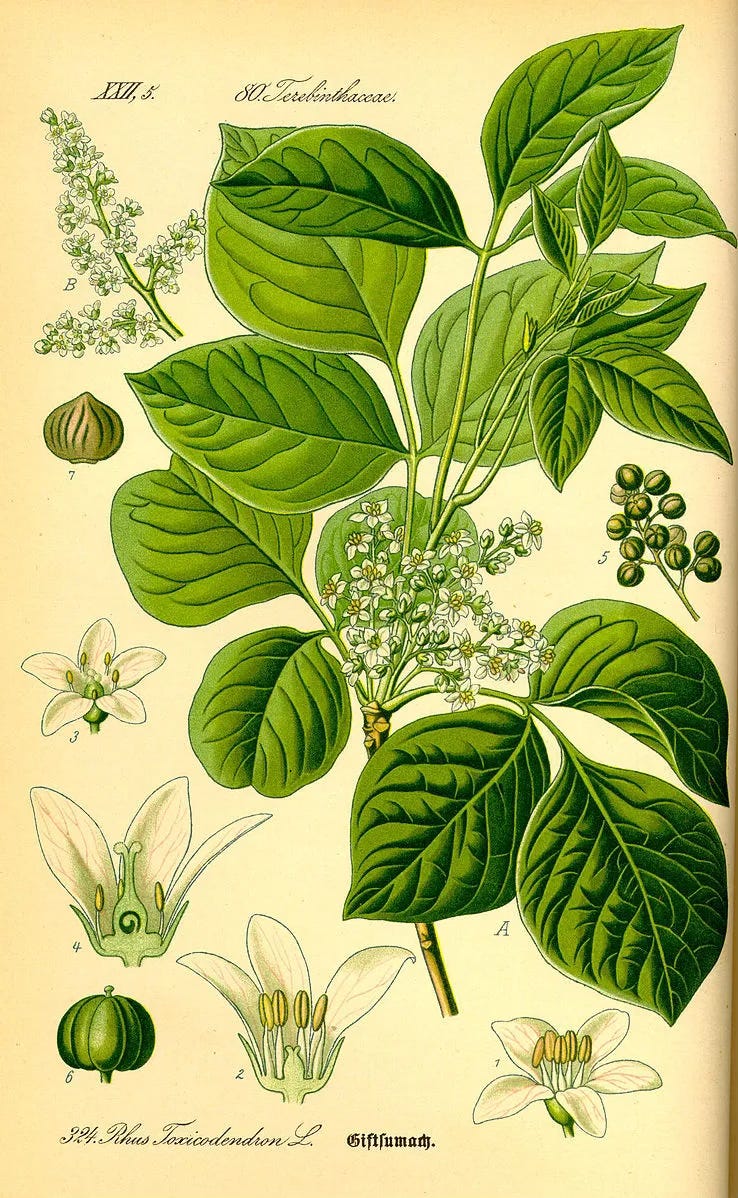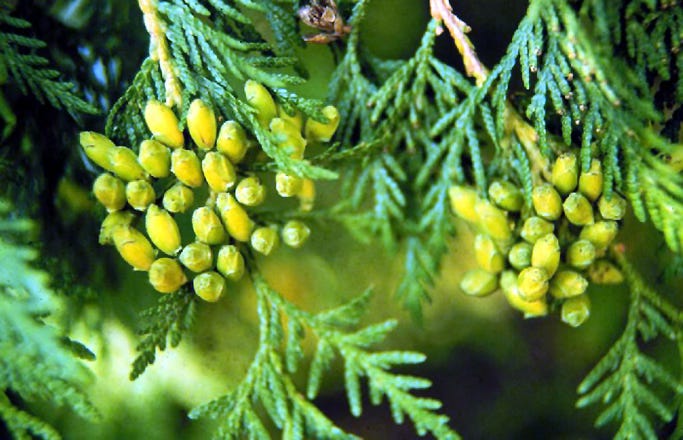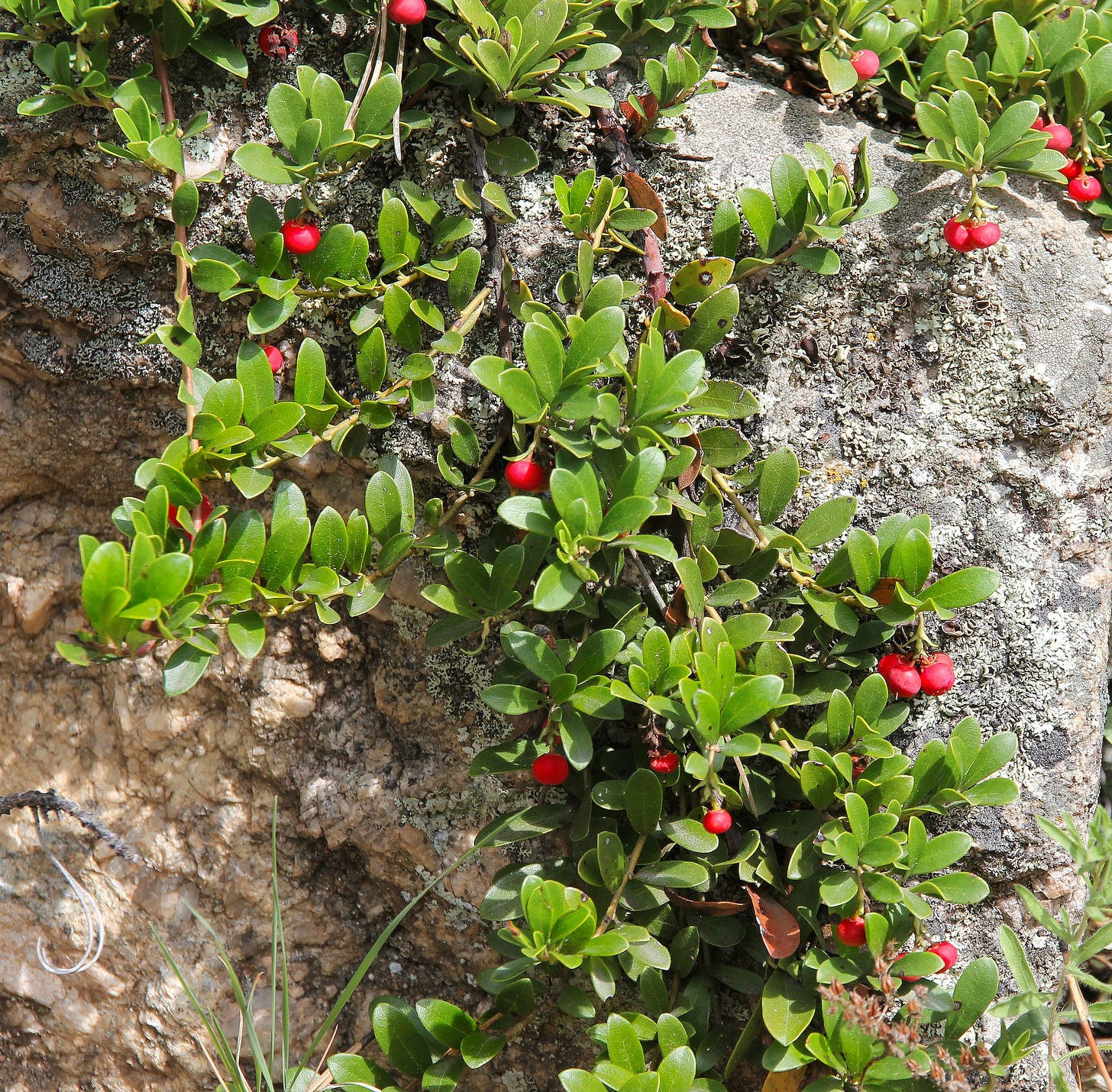There is far too much of our heritage from the indigenous people of Turtle Island to be celebrated in a mere day, originally commemorating & named for the subjugation of native culture by the colonialist adventures of Christopher Columbus in service of the Papal “doctrine of discovery.” This essay is not about hang-your-head white shame, but in order to be truly grateful for what we have been given, we need first at least to be honest.
(I’m reminded of my experience while living on the Navajo Nation in the nearby holiday of halloween, where Christopher Columbus and Kit Carson costumes were a regular occurrence in children out trick-or-treating).
But this project being about Medicine, it feels most appropriate to acknowledge & offer thanks for the contributions of indigenous American medicine to our current healing practices.
Much of the lore of indigenous American medicine has been lost to the eradication of Native American culture. Colonial European culture largely disregarded this as primitive & savage, and those who did take an interest - largely Jesuit missionaries - asked the wrong persons. European beliefs regarding such things were that dominant men in the community would be the bearers of such important information, but the herbal healing traditions belonged to elderly women, passed down by oral tradition, and the native men who were queried typically were familiar only with gross generalities. In cultures where shamanic healing co-existed with herbal medicine, shamanic practices exercised by men often employed herbs ceremoniously (e.g., as purgatives), tho not for their medicinal properties.
Captain John Smith of the Jamestown (Virginia) colonies introduced the eastern poison ivy (Toxicodendron radicans, Rhus toxicodendron/radicans) to Europe c. 1624 with the understanding that it possessed medicinal properties, tho he was unaware of what these might be; it was accepted as an ornamental, and later adopted by the Parisian physician André-Ignace-Joseph Dufresnoy c. 1780 as a specific for many conditions, including herpetic eruptions; Hahnemann later recognized its actions in herpetic eruptions to be an example of the principle of similars and instituted “provings” published in his Reine Arzneimittellehre (Materia Medica Pura).
Thuja occidentalis (the eastern/northern white cedar of North America; kakskus in Maliseet-Passamaquoddy) was introduced to Europe by Samuel de Champlain, after it saved the lives of his remaining crew from scurvy in the “New France” colony established on Saint Croix Island (on the Maine/New Brunswick border, in the mouth of the Saint Croix River as it enters into Passamaquoddy Bay , known to the Passamaquoddy as Muttoneguis), 107 miles downeast from where I now live), on the advice of a Cree guide. Champlain brought cuttings to Europe for the proposed prevention & treatment of scurvy, which we can now attribute to the high content of vitamin C in the fresh greens, a mere fraction of the probable indications for its medicinal use in indigenous societies in the northeastern regions of Turtle Island. Hahnemann encountered Thuja in an accidental “proving” by a patient presenting with genital lesions after chewing on some fresh cones found while touring a botanical garden. Rather ironically, Boenninghausen later found Thuja to be a near-specific in the treatment & prevention of smallpox, a disease that decimated the indigenous American populations.
The Indigenous cultures of North America had essentially no experience in treating epidemic viral diseases prior to the introduction of these in the Columbian Exchange, as their system of agriculture did not involve the close association of humans with domestic livestock characteristic of European cultures that has given rise to these zoonotic viruses. Their traditionally developed systems of medicine were ill-prepared for these introduced diseases through lack of experience (smallpox is often emphasized, but influenza, measles, malaria, yellow fever, hepatitis A & B, & many other introduced epidemic diseases were complicit in the demise of over 90% of the population of the Americas within the first century of European contact).
Edwin Moses Hale, working in Michigan & in Chicago, became fascinated with herbs used in indigenous North American medicine, and sponsored “provings” of a great many, including Caulophyllum thalictroides, (blue cohosh), Cimicifuga racemosa (Actaea cimicifuga/Actaea racemosa), Aesculus hippocastanum (horse chestnut), Agave americana (American aloe), Aletris farinosa, Apocynum cannabinum, Arum (Arisaema) triphyllum, and a great many others, adding to the earlier introductions of the North American Eupatorium perfoliatum, Sanguinaria canadensis & others by early Philadelphia-based homeopaths. Hale was inspired by claims made for cure of these in “empirical” use, suggesting that all true cure proceeded through the action of similars, positioning these as potential remedies for homeopathic use based on their traditional indications for use in indigenous medicine.
Traditional indigenous medicines, foods, languages, customs, & cultural values have been largely disregarded & dismissed by the dominant European colonialist society, and many indigenous people, seeing anglo society appear to prevail, abandoned tradition in adoption of the ways of introduced society. It’s taken many generations to recognize the shortcomings of introduced ways. Fortunately a few scattered elders have clung to traditions; I’ve been fortunate to know a few - and younger folk seeking out their roots in a displaced world, of both indigenous & introduced heritage, have been rediscovering from threads that persist of the old ways.
I have little more to add than thanks.
& some recommended reading -
Sacred Instructions, by Sherri Mitchell (Abenaki: Pαnawάhpskewi/Penobscot)
Braiding Sweetgrass, by Robin Wall Kimmerer (Neshnabé/Bodéwadmi/Potawatomi)
(both excellent in audiobook format)






After listening to NPR much of this last weekend, I was left surprised to learn that recent DNA analysis points to Christopher Columbus being Jewish and from Spain, (where he probably converted to Catholicism to prevent persecution)!
I've always wanted Columbus Day to be in order to celebrate my Italian American heritage... I felt betrayed by research that established Columbus never set foot on North America and that explorations and the heinous behavior of European explorers decimated the lives and cultures of North America.
Now that Columbus is Jewish, and thus carrying his own decimated cultural history; I'm more sympathetic. Ironic, to be sure.
Thank you, Dr. Will for your (usual) weave of historical facts that always include botanical and homeopathic perspective's. Always easy to read and think about.